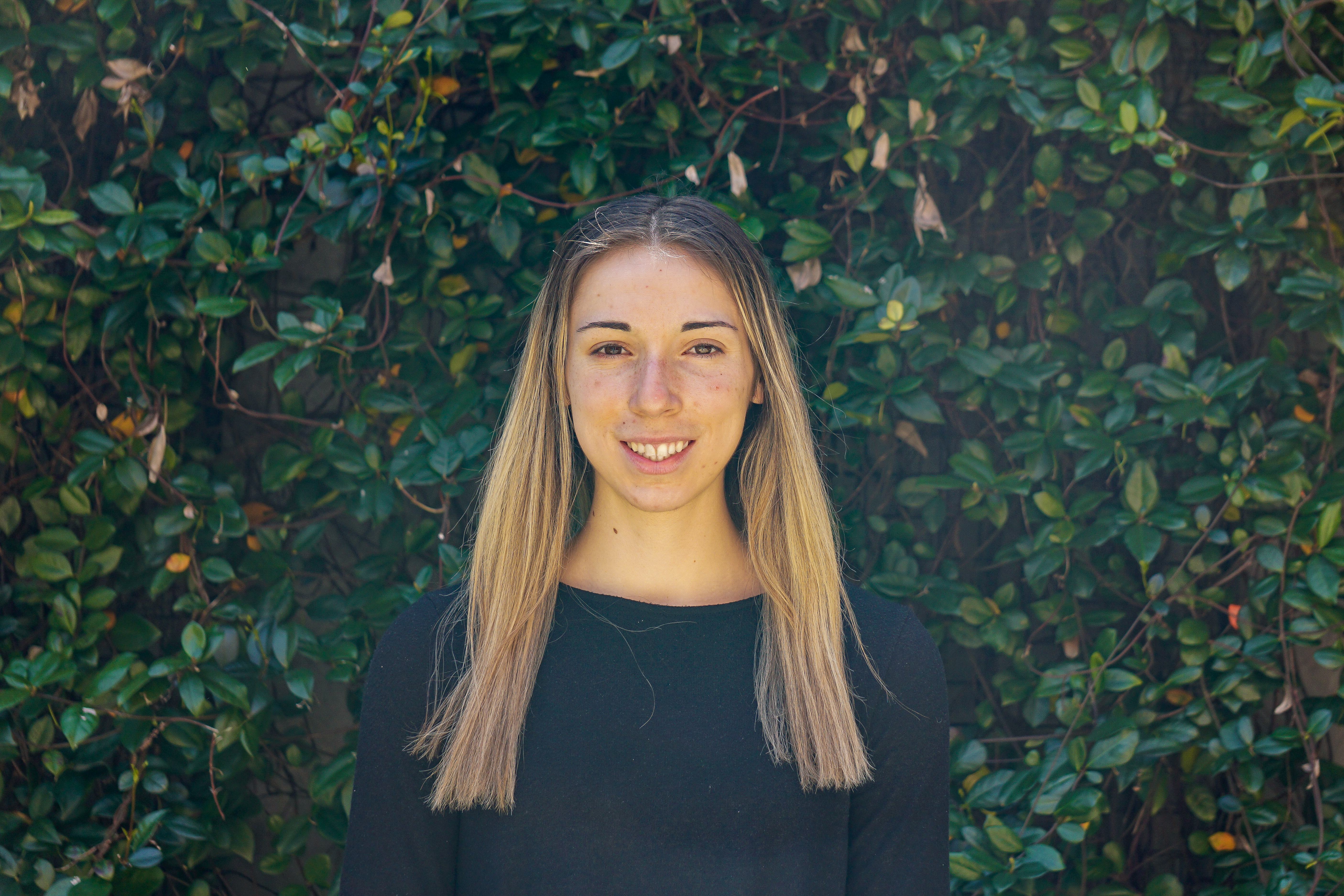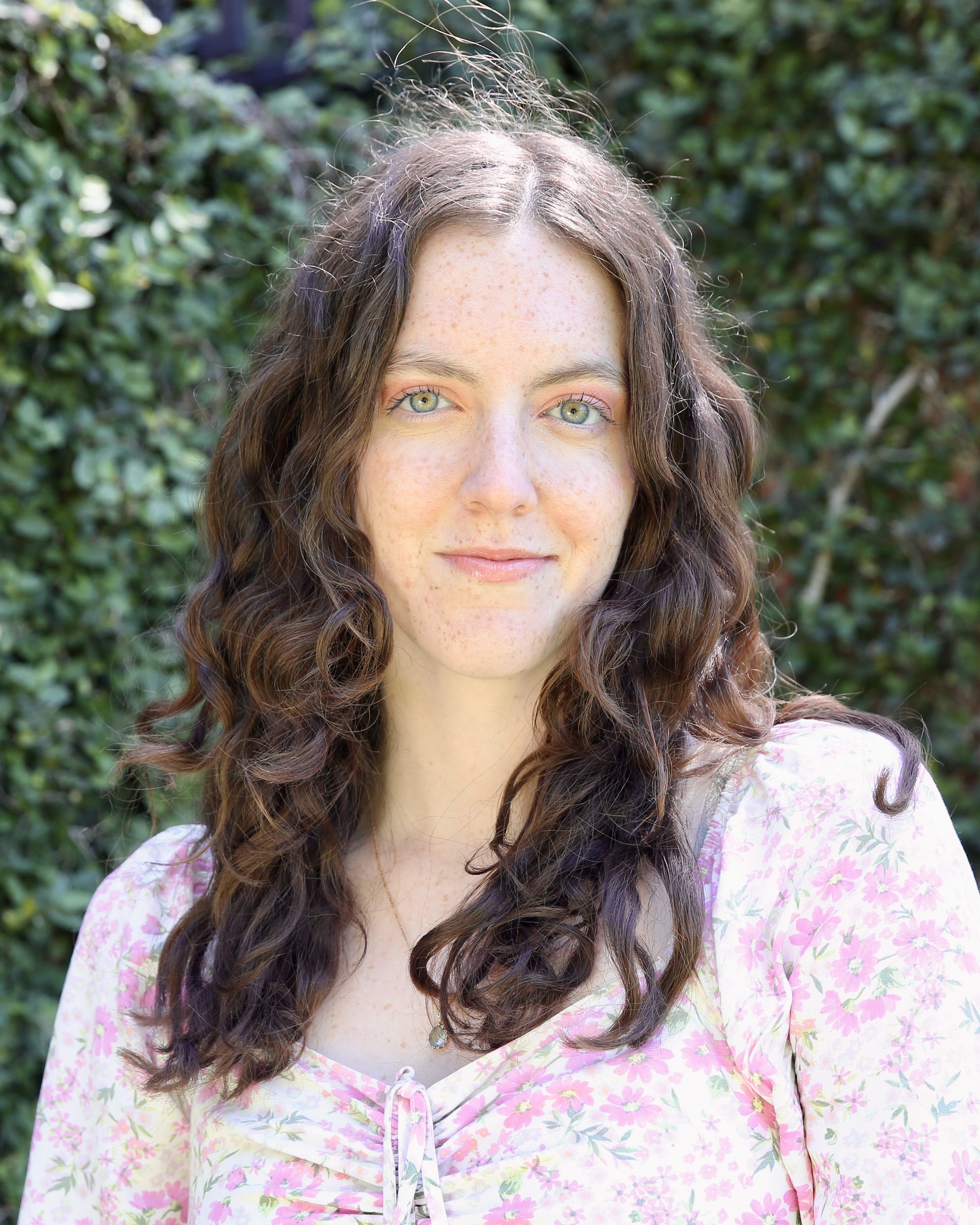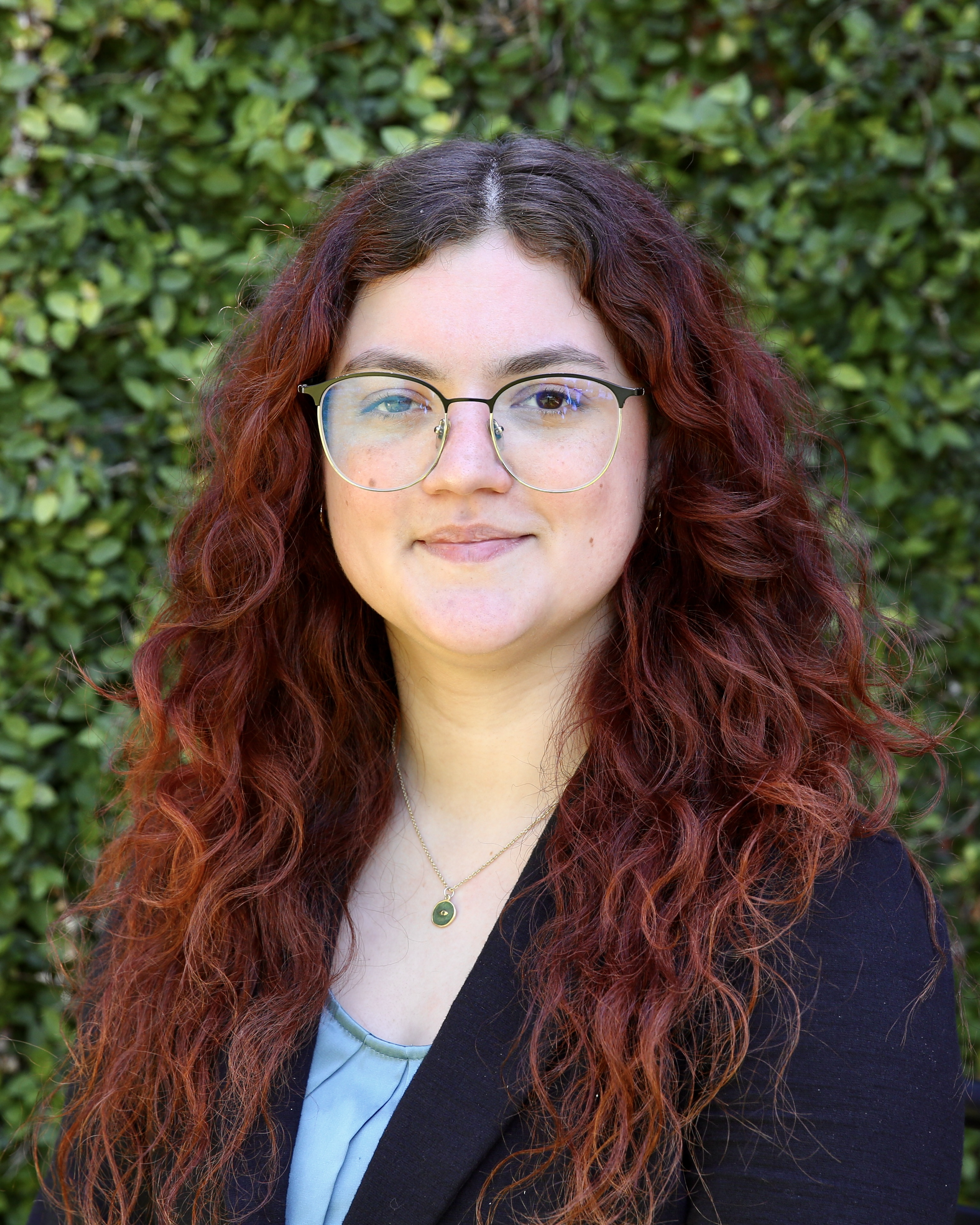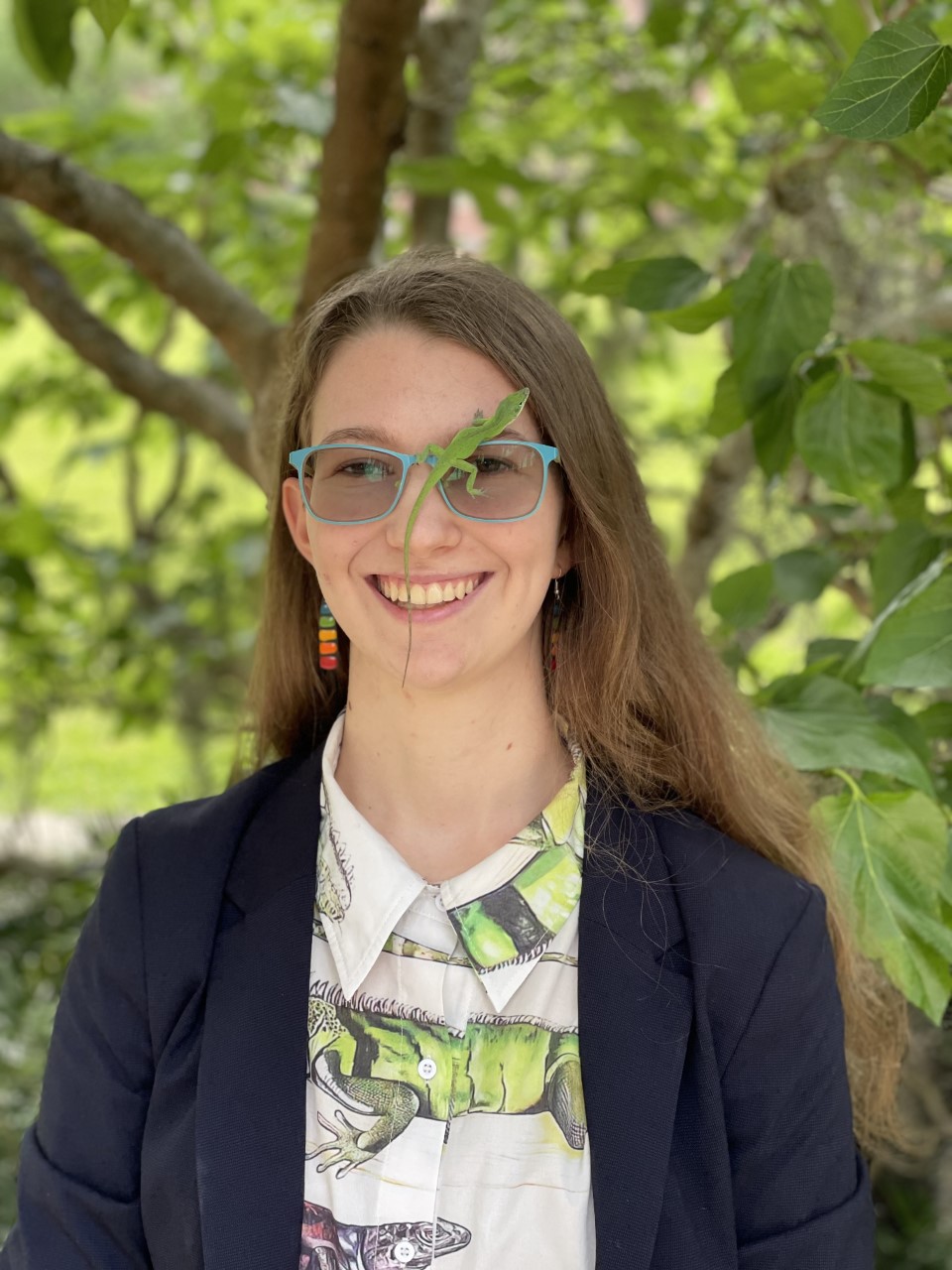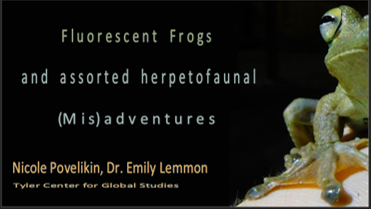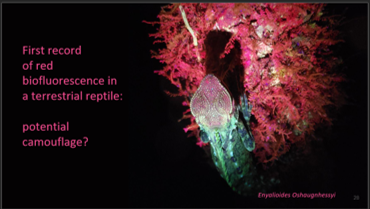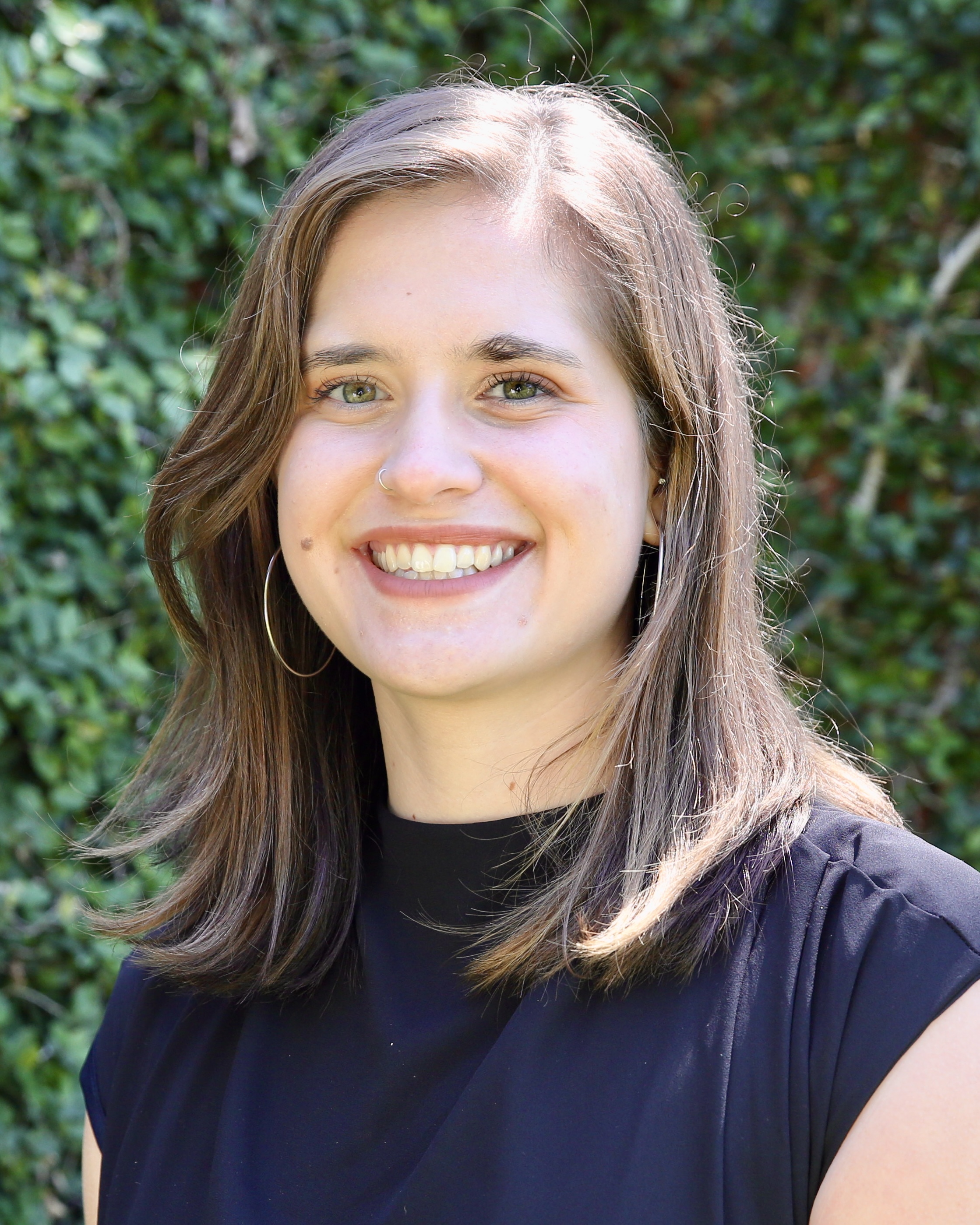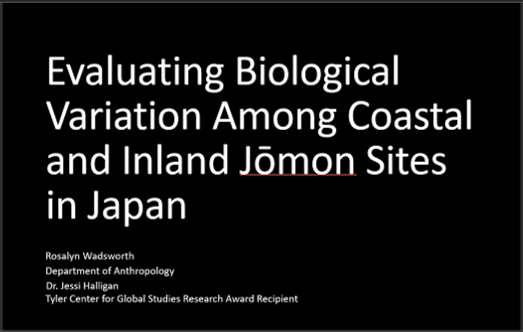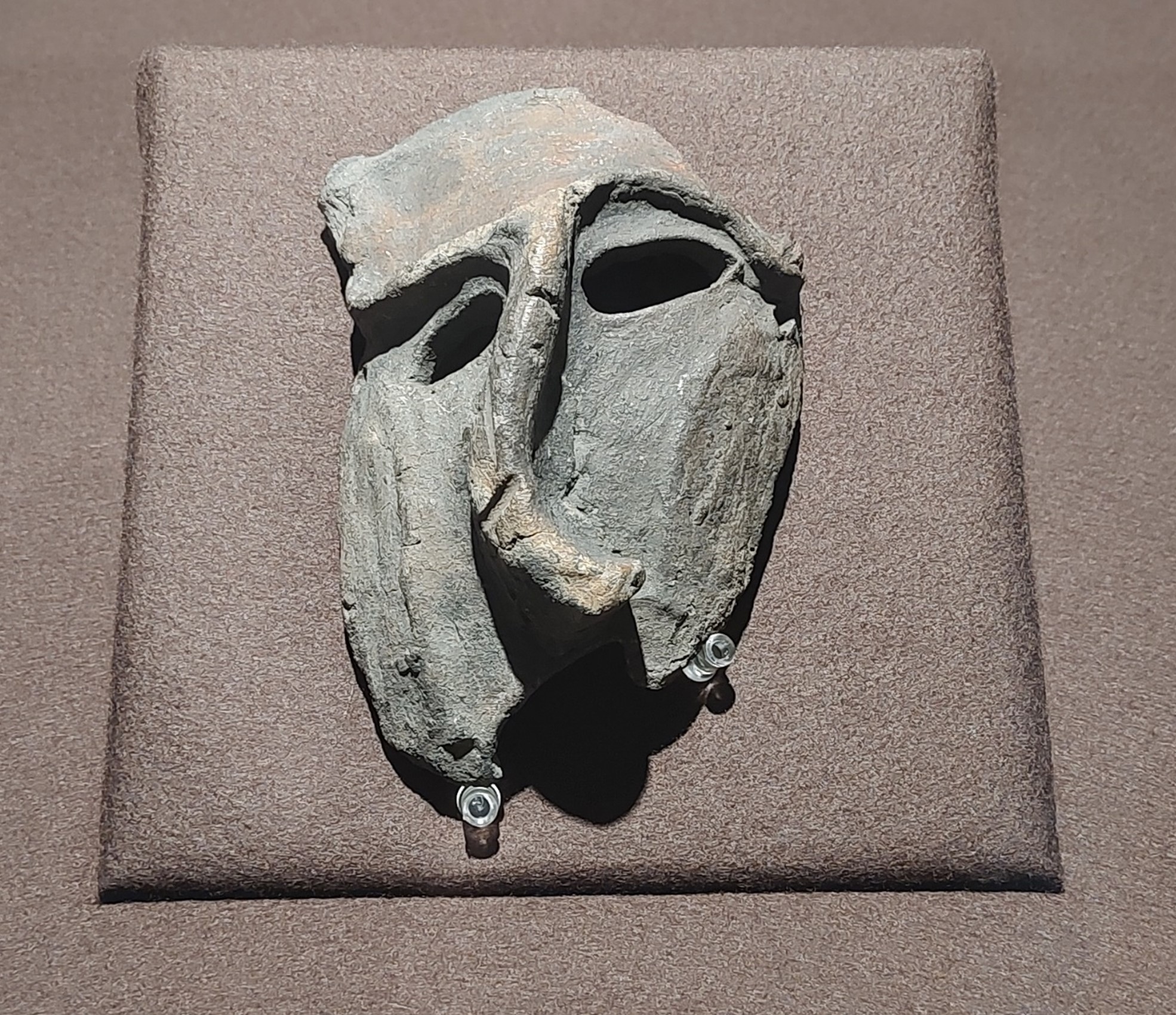President's Showcase
Ashley David
Supervising Professor: Dr. Daniel Hallinan
Ashley David is a senior majoring in Biomedical engineering from Bloomfield Hills, Michigan. She discovered her passion for research after joining Dr. Hallinan’s Polymers for Advanced Energy Sustainability junior year. Since then, she has worked on analyzing the Soret Effect to use in energy re-harvesting capacities, earning the support of the MagLabs REU program in Summer 2022. She is continuing this Soret effect research as part of her undergraduate honors in the major thesis, soon to have her work published. Along with this, she works on the website design team for RIDER at the FAMU/FSU COE, an organization innovating technologies towards empowering communities to both prepare for and recover from environmental disasters. After graduating from FSU, Ashley plans to continue research and earn a PhD in the biomedical field.
Abstract
A new method for measuring the Soret coefficient in opaque and translucent samples is reported. Time-resolved Fourier-transform infrared spectroscopy with attenuated total reflectance (FTIR-ATR) is used to measure the change in concentration near the heated ATR crystal surface. A temperature gradient is imposed on the sample via a water-bath cooled anvil in contact with the opposite surface of the sample. The sample used is a polymer electrolyte composed of lithium bis-trifluoromethanesulfonylimide (LiTFSI) salt in a block copolymer polystyrene-poly(ethylene oxide) (SEO). This study varies equilibrium salt concentrations and examines three temperature gradients, analyzing the effect on the magnitude of the Soret coefficient. This phenomena can be utilized in thermogalvanic cells, re-harvesting wasted heat from most power generating systems. Thermogalvanic cells are a way to utilize a heat sink to create electrical energy, having the temperature gradient drive the system. Specifically, the solid state electrolytes in these cells provide low flammability, high safety, and improved energy density, compared to common liquid electrolytes. Thus, application of the Soret effect is a clear way to greatly increase global energy efficiency. FTIR-ATR measures infrared absorbance of the salt which is related to concentration through the Beer Lambert law. This technique overcomes previous limitations to experimental techniques measuring the Soret Coefficient, making the FTIR-ATR an effective and repeatable instrument to use for collecting diffusion coefficients.
Presentation Materials
Project Documents and Links
Sophie Allen
Supervising Professor: Dr. Chris Martin
Sophie Allen is a senior at Florida State University majoring in Psychology and Biomathematics. Since spring 2021, she has been actively engaged in Dr. Chris Martin’s Memory Lab, investigating long-term memory using functional magnetic resonance imaging. Her research interests reside in cognitive neuroscience, with a specific focus on human long-term memory, perception, and learning. Upon her graduation in spring 2024, Sophie plans to pursue a Ph.D. in Cognitive Neuroscience, integrating computational modeling and empirical methods to advance her research interests.
Abstract
Recalling our past experiences shapes how we see ourselves now and how we envision the future, contributing to our overall sense of self. Remembering specific events involves integrating general world knowledge (semantic memory) with event-specific details (episodic memory) to form autobiographical memory. Unfortunately, the ability to recall event-specific details selectively declines with age. This is thought to reflect reduced differentiation of memory representations in the hippocampus. However, replaying real-world memory cues using a smartphone application called HippoCamera improves recall of event-specific details and increases differentiation of corresponding representations in the hippocampus in older adults. The present study builds on this evidence and investigates whether replaying with HippoCamera enhances differentiation of hippocampal memory traces in young adults as it does in older adults. Additionally, we examine longitudinal representational changes in the hippocampus, asking whether and how mnemonic differentiation varies over time. To answer this question, we used functional magnetic resonance imaging data obtained three months apart in a sample of healthy, young adults. Shortly after our intervention, we found a consistent trend indicating that replaying with HippoCamera promoted differentiation in the right posterior hippocampus. Interestingly, degree of differentiation among replayed memories did not change after three months. Conversely, memories in the baseline condition, which exhibited lower differentiation in the right posterior hippocampus immediately after the intervention, gradually diverged from one another over the three-month period. These data suggest that replaying HippoCamera memory cues enhances memory by accelerating the rate at which memories are differentiated in the hippocampus.
Presentation Materials
Project Materials
Project Documents and Links
Katie Jo Gelasco
Supervising Professor: Dr. Hong Li
Katie Jo Gelasco is a senior dual degree pursuant in Biochemistry and Music. She has served as a research assistant for Dr. Hong Li since August 2022. In her lab, she engineers CRISPR-Cas9 proteins to learn more about their mechanism and function. She is a member of Florida State’s chapter of Alpha Chi Sigma, the national chemistry fraternity, and serves on the executive board as the Alumni Secretary, where she organizes professional events and writes a quarterly newsletter. Apart from science, Katie Jo is a member and cellist in the prestigious, internationally renowned University Symphony Orchestra, and has previously been a principal player of the University Philharmonic. She plans to earn her PhD after graduation in the biomedical sciences, and would like to work in a national lab and continue a career in research.
Abstract
CRISPR-associated (Cas) proteins are a heritable immune response found in bacteria that cleave foreign DNA from phage infection. These endonucleases have profound specificity and are easily programmable by altering the guide-RNA. The protospacer adjacent motif, or PAM sequence is also an important prerequisite for target cleavage. ThermoCas9 is a thermophilic Cas9 found in Geobacillus thermodenitrificans that is sensitive to cytosine methylation in its PAM sequence, a rare characteristic of Cas proteins. We are interested in improving the gene editing efficiency of ThermoCas9. To do so, we created a library of ThermoCas9 proteins that have mutations in the hinge region and transformed them into E. coli cells that have a truncated protospacer and a CG PAM sequence. With these non-ideal conditions for catalysis, survivors would therefore be more catalytically enhanced than the wildtype ThermoCas9. We discovered a double mutant E655G/N696I of ThermoCas9 improves its catalytic efficiency. From there, we inserted point mutations into the PAM-interacting domain region that directly interacts with the methylated cytosine to identify interactions with the substrate. With the double mutant, we intend
to characterize the methylation sensitivity in vivo by performing a triple selection assay in E. coli cells. This will demonstrate that ThermoCas9 can selectively cleave a plasmid whether it is methylated or non-methylated using HaeIII methyltransferase. This investigation allows us to explore the molecular mechanisms of ThermoCas9’s sensitivity to cytosine methylation.
Presentation Materials
Project Materials
Project Documents and Links
Anna Speer
Oral Presentation, 6:55 - 7:10 PM, Ballroom C
Supervising Professor: Prof. Carrie Ann Baade
Anna Speer is a junior Bachelor of Fine Arts candidate majoring in studio art. Anna primarily works with oil paint, but she also utilizes collage, printmaking, and various drawing mediums. Her past work is inspired by nostalgia and feelings of uncanny familiarity while simultaneously exploring atmosphere, isolation, and the unconscious through color and the use of recurring symbols and settings.
Abstract
The minds of people today are extremely busy; stimulation never ceases and the consumption of media, especially among young people, is constant and overwhelming. The opposite of the extremely busy reality of the modern individual can be found through complete sensory deprivation. For my project, I will research how the consistent use of sensory deprivation float therapy (also referred to as Restricted Environmental Stimulation Therapy, or REST) can affect my creative practice. I am curious about how this experience could influence my mentality on a daily basis, as well as how it can affect my approach to ideation, techniques, and compositions for my paintings. Over the summer, I will be attending a one hour sensory deprivation session at a floatation therapy center two times a week for eight weeks and documenting my experiences with a series of five to six large oil paintings and sixteen small nonobjective pastel drawings. I will work on the paintings during and after the eight weeks, while the pastel drawings will be done immediately after the float (within the same hour) to visually capture my initial experience. My main goal for my research is to gain an understanding of whether or not periods of limited sensory input can serve as a catalyst for more frequent periods of creativity and productivity. Although my findings will be a personal narrative, I hope this project will contribute to a broader discourse regarding the relationship between sensory experiences and the dynamics of creativity.
Presentation Materials
Project Materials
Project Documents and Links
Wendy Rodriguez
Supervising Professor: Dr. Brad Schmidt
Wendy Rodriguez is a senior majoring in Psychology with minors in Child Development and Computational Science Entrepreneurship. Being an immigrant and having grown up in a predominately Hispanic community, her passion for inclusive research ignited after observing how a lack of research studying unrepresented samples further augmented the mental health disparities in healthcare, specifically immigrant-based disparities. After working in the Anxiety and Behavioral Health Clinic (ABHC) as a sophomore, Wendy became interested in trauma-exposed populations and PTSD research. With the continuing support of the Schmidt Lab, she has been able to gain invaluable skills in research and hopes to publish her findings after ongoing data collection. Following graduation, Wendy will continue working with the ABHC as a project coordinator and hopes of attaining a masters in Learning and Cognition prior to applying to a PhD program.
Abstract
Researchers have operationalized parentification, a phenomenon in which children are tasked with adult responsibilities to satisfy the emotional or instrumental needs of the family (i.e. role reversal), to occur on a continuum potentially having long-term impacts on psychosocial functioning and adjustment into adulthood. Several theoretical components of parentification have been identified suggesting child neglect, perceived fairness, and filial responsibility as important factors in determining maladaptive outcomes of parentification. The present study seeks to understand the differential outcomes of parentification on current internalizing pathology (i.e. depression, stress, anxiety) in a cultural context by studying children of migrant families. Specifically, we aimed to investigate the possible interactive effects between the following broad defining characteristics of parentification: (a) past perceptions of caregiving role and experience, (b) manifestations of parentification outcomes in present internalizing pathology, and (c) characteristics of the child and family dynamics. It was hypothesized that higher scores of self-reported negative past perceptions in childhood will be positively associated with internalizing pathology. Additionally, it was hypothesized that demographic and cultural factors (e.g., SES, foreign-born parent status, family order) would impact the prevalence and frequency of current self-reported symptoms. Initial preliminary analysis was conducted to evaluate data distribution as well as formulate an analysis plan after continuing data collection. Given the empirical literature on the nature of parentification, identifying defining characteristics and possible long-term effects of parentification in underrepresented sample populations could inform the development of culturally tailored preventions, assessments, and intervention efforts for minority groups.
Presentation Materials
Project Materials
Project Documents and Links
Nicole Povelikin
Supervising Professor: Dr. Emily Lemmon
Nicole Povelikin is a third year Biology major focusing on ecology and evolution, hoping to pursue a career in scientific research at a museum. Her research concentrates on herpetofauna (reptiles and amphibians), but she is more broadly motivated by theoretical questions surrounding adaptation, reticulate evolution, biological invasions, and speciation. Nicole began research in high school at the American Museum of Natural History in New York City, and through the IDEA Grant program, was able to travel to a different natural history collection this summer in Ecuador.
Abstract
Described only six years ago, the ecological function of amphibian biofluorescence remains an enigma. Many hypotheses have been suggested ranging from ‘no function whatsoever’ to ‘communication for mating purposes’, but tests of these hypotheses are still hindered by a lack of data. Plans to collect additional biofluorescence data this summer fell through because of political conflict at the intended field site between indigenous groups and Ecuador's national oil company, so I instead traveled to several other field sites in Ecuador to assist researchers working at PUCE. Using data and photos of frog biofluorescence collected by graduate student Courtney Whitcher last summer, I sought to document the diversity of variation in biofluorescent patterns and unravel the biological significance of this variation. I collected data on the percent of a frog’s dorsal area that biofluoresced, and used data on the intensity of fluorescence to examine the intraspecific variation in these traits among different species of Dendropsophus frogs. I also mapped ancestral character states to understand how these traits have changed over evolutionary time.
Presentation Materials
Project Documents and Links
Melissa Sencer
Supervising Professor: Dr. Yuan Wang
Melisa Sencer is a Cell and Molecular Neuroscience undergraduate who aspires to attend medical school post-graduation. With a diverse background in healthcare spanning several years, her passion for the medical field has seamlessly merged with an exploration of biomedical research. She has worked on several scientific research projects at FSU, including functional characterization of tuberculosis membrane proteins. Her current research endeavors thrive within the Wang Lab at FSU's College of Medicine, where she diligently works on her Honors Thesis in Neuroscience. Beyond academics, her commitment radiates through community leadership roles —a certified medical assistant at FSU's medical clinic, a devoted volunteer at Big Bend Hospice, and Treasurer of FSU’s Turkish Student Association. Her journey, from academia, scientific research, healthcare and leadership, aims to build an inspiring story of purposeful achievements with a commitment to personal growth and excellence.
Abstract
Fragile X syndrome (FXS) is a leading inherited psychiatric disorder that is characterized by a spectrum of social difficulties and cognitive deficits. As an underlying mechanism, sensory processing problems are seen in most individuals with FXS. To understand how sensory dysfunction arises and how to correct it, we must determine how neuron-neuron communication of the involved circuits are altered. My work focus on a brainstem circuit that computes cues for sound localization, an auditory ability that is essential for speech recognition and language communication. This ability is provided by an intricate network of cell groups with the medial nucleus of the trapezoid body or MNTB as a central player. Due to the complicity of MNTB connectivity with other circuit players, elaborating the circuit organization at the single neuron level is essential. To achieve this goal, I employ intracellular dye-filling techniques to compare the connectivity of individual MNTB neurons between wild-type and a disease (FXS) model of mice. The experimental approach involves 3-dimentional reconstruction of neuronal connectivity of dye-filled MNTB cells and biochemical determination of the connectivity using immunocytochemistry. My data so far has identified a previously unknown projection to MNTB in wild-type mice, validating the high sensitivity of the approach. Through this investigation, valuable insights into the connection and organization of the two master regulatory cell groups of the auditory system can be explored. The ultimate goal is to determine how the MNTB-centered circuit is altered in FXS and how such alterations influence auditory processing and characterized symptoms in FXS.
Presentation Materials


